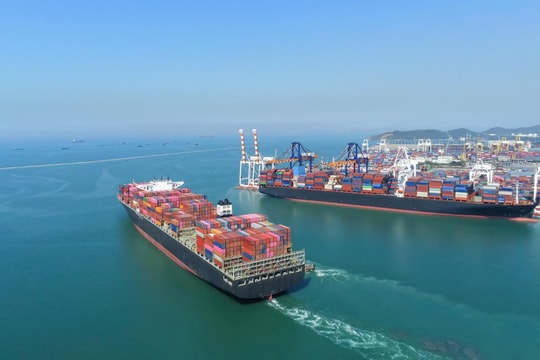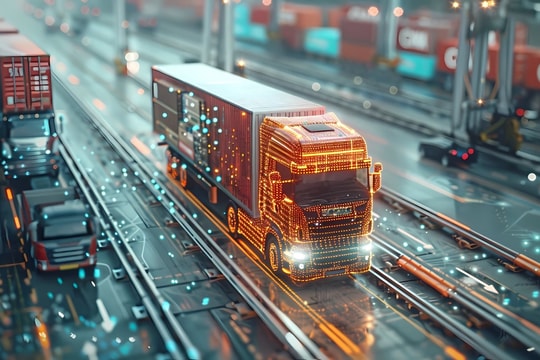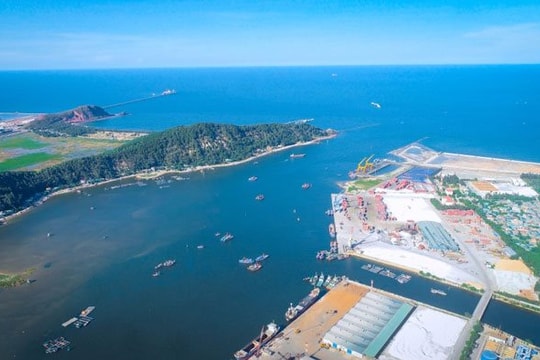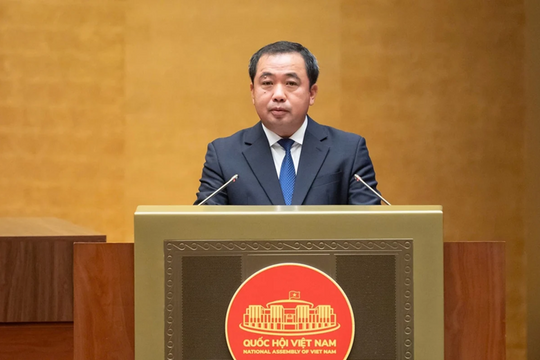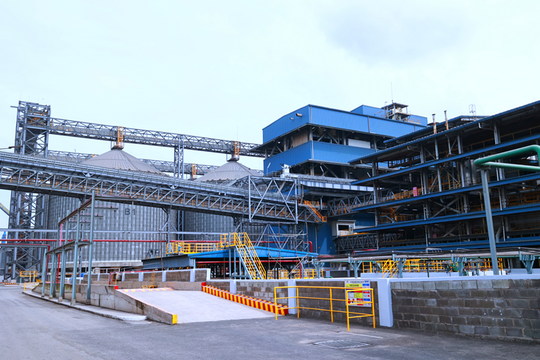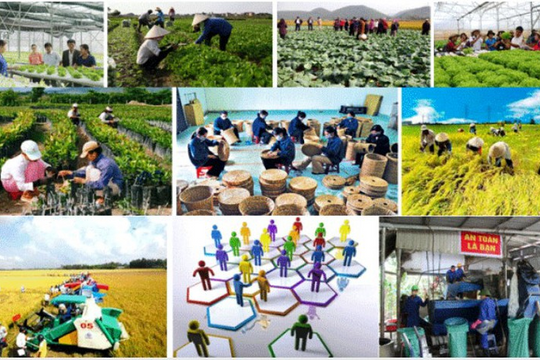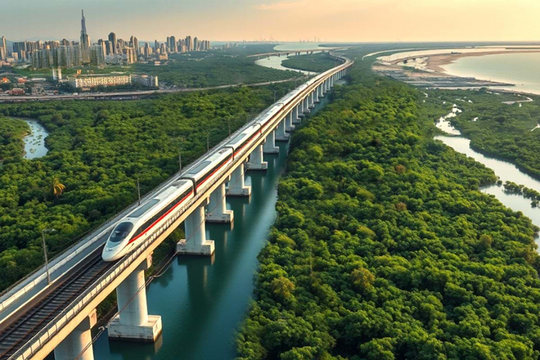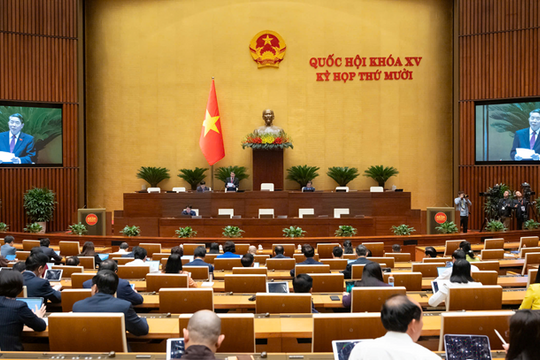The adoption of stricter emission standards is an inevitable step toward sustainable development, but is it truly an opportunity for the transport sector to transform, or is it becoming a major obstacle for businesses?
.jpg)
.jpg)
How Are Transport Businesses Affected?
Vietnam has a total of 1.5 million trucks and container vehicles, more than 50% of which are over 10 years old. The new emission standards could force hundreds of thousands of vehicles to either undergo expensive modifications or be banned from operating, leading to severe consequences for the transport industry.
Three Major Impacts of the New Emission Standards:
1. High Vehicle Upgrade Costs
- To meet Euro 5 or Euro 6 emission standards, older trucks must invest 150 - 300 million VND ($6,000 - $12,000) per vehicle to upgrade exhaust systems.
- Businesses with large fleets (50 - 100 vehicles) will face tens of billions of VND in additional costs, creating heavy financial pressure.
.jpg)
.jpg)
2. Risk of Small Businesses Being Pushed Out
- Large logistics companies can easily transition to newer fleets, but smaller transport businesses struggle with vehicle replacement costs.
- Companies unable to meet the new standards may be forced to exit the market or be acquired by larger firms.
3. Rising Transportation Costs
- With fewer operational vehicles, transport capacity will shrink, causing freight rates to increase by 10-20% in the near future.
- This will not only affect logistics businesses but also raise the prices of consumer goods, exports, and e-commerce services.
.jpg)
.jpg)
New Emission Standards – A Necessary Shift Toward Green Transportation
Despite initial difficulties, the stricter emission standards are a necessary step for Vietnam to reduce pollution and improve road transport quality.
Three Key Benefits of the New Emission Standards:
1. Reduction of Urban Pollution
- Trucks and container vehicles contribute over 30% of CO₂ emissions in Vietnam. Phasing out older vehicles will significantly reduce harmful emissions.
- Major cities like Ho Chi Minh City, Hanoi, and Da Nang have recorded air pollution levels exceeding safe limits in recent years. Stricter emission standards will help improve air quality.
2. Driving Technological Innovation in Transport
- Logistics companies are shifting toward electric trucks, hybrid vehicles, and LNG-powered vehicles to replace traditional diesel trucks.
- Companies like TTC Logistics, Gemadept, and DHL have started using electric vehicles for urban deliveries, reducing emissions and fuel costs.
3. Enhancing Global Competitiveness
- Countries like Singapore, Japan, and the EU have already adopted Euro 6 emission standards. If Vietnam fails to upgrade its fleet, its logistics sector may struggle to compete in the global supply chain.
- International trade partners are increasingly demanding higher environmental standards for transportation. Early adopters will have a significant advantage in exports.
.jpg)
.jpg)
How Can Businesses Adapt to the New Standards?
To avoid falling behind in this transition, transport businesses must proactively develop long-term strategies to upgrade their fleets and optimize costs.
Key Adaptation Strategies for Businesses:
1. Strategic Vehicle Replacement Planning
- Businesses should gradually replace older trucks instead of waiting until the decree fully applies to their entire fleet.
- Leverage financial support from banks and green investment funds to reduce capital pressure.
2. Taking Advantage of Tax and Financial Incentives
- The government should introduce tax reductions on imported electric trucks and offer low-interest loans to encourage businesses to transition to eco-friendly vehicles.
3. Implementing Fuel-Saving Technologies
- Utilize fuel monitoring systems and smart fleet management to optimize fuel consumption and reduce operational costs.
Conclusion
The implementation of new emission standards under Decree 168/2024/NĐ-CP presents significant challenges for logistics businesses in the short term, particularly regarding vehicle investment costs. However, in the long run, this is a necessary step toward sustainable transport, reducing environmental pollution, and enhancing Vietnam’s competitiveness in global trade.
The key question remains:
Should the government introduce financial incentives to help businesses transition more smoothly? Will the shift to green transportation accelerate or slow down, depending on government and business collaboration? Is Vietnam’s logistics industry ready to embrace the green transport era?


.jpg)
.jpg)
.jpg)
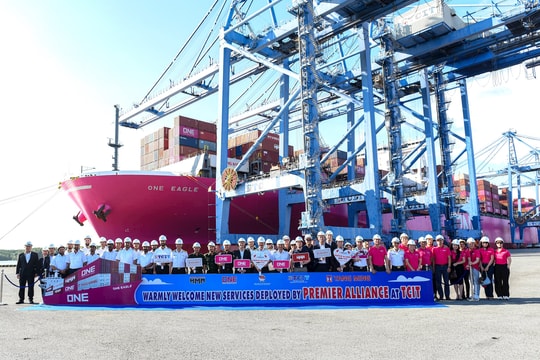
.jpg)
.jpg)
.jpg)

.png)



